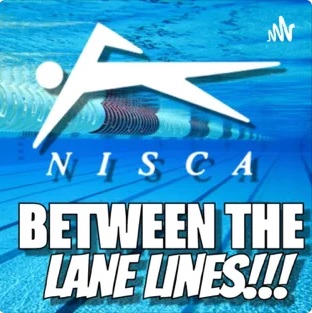In the running of a swimming meet, either interscholastic or intercollegiate, it is usually the case that the spectator’s interest is lagging when the diving is on. There are several reasons for this. In the first place, most of the scoring is not understood by the average layman. Secondly, diving has a tendency to drag out, thus causing the onlooker to lose interest. The other events take place in rapid-fire succession, ending in a thrilling finish. Diving, even at the end of the event, still remains in the balance as far as determining the winner until the final results are obtained much later in the meet.
The first big job to improve spectator interest in diving is largely up to the announcer, who, if he wants to put an ounce of showmanship into the event, can do so by explaining what the flash cards mean and what happens to the award after the difficulty has been multiplied.
It may even be interesting to the spectators just why certain dives are given a particular difficulty.
Step number two in solving our problem is the use of a big blackboard on which are kept the running total of the points obtained for each diver in their diving order. Consequently, the spectator keeps an active interest in the progress of each diver and can compare the perfection of the different dives as they are performed.
In this connection it will be necessary to set up a quick system of calculating the dives. Mimeographed sheets for each diver with his optional and compulsory dives prepared with accompanying difficulties are an excellent method. Usually three of the managerial staff are employed in this work. One of the managers writes down the number of each flash card as announced and finds the total. Meanwhile, another manager calculated the same figures and announces this total for the benefit of the spectators. Thus the two men check each other on their mathematics. The third manager sits between the two at the table and finds the total multiplied award by turning in the diving book to the page with the difficulty that is required for the dive, where the total number of points obtained is given. This he gives to the first manager who puts it down and adds it to the running total as each dive is completed. In this manner, it requires only a short time to divide by three to find the actual points obtained and select the place runners quickly so that they may be announced immediately upon the termination of the diving.
It may be of interest that this method was used at the Eastern Intercollegiates this year with very good results. The diving, both trials and finals for low and high boards, was run off swiftly even considering the fact that there were around ten divers in each event.

